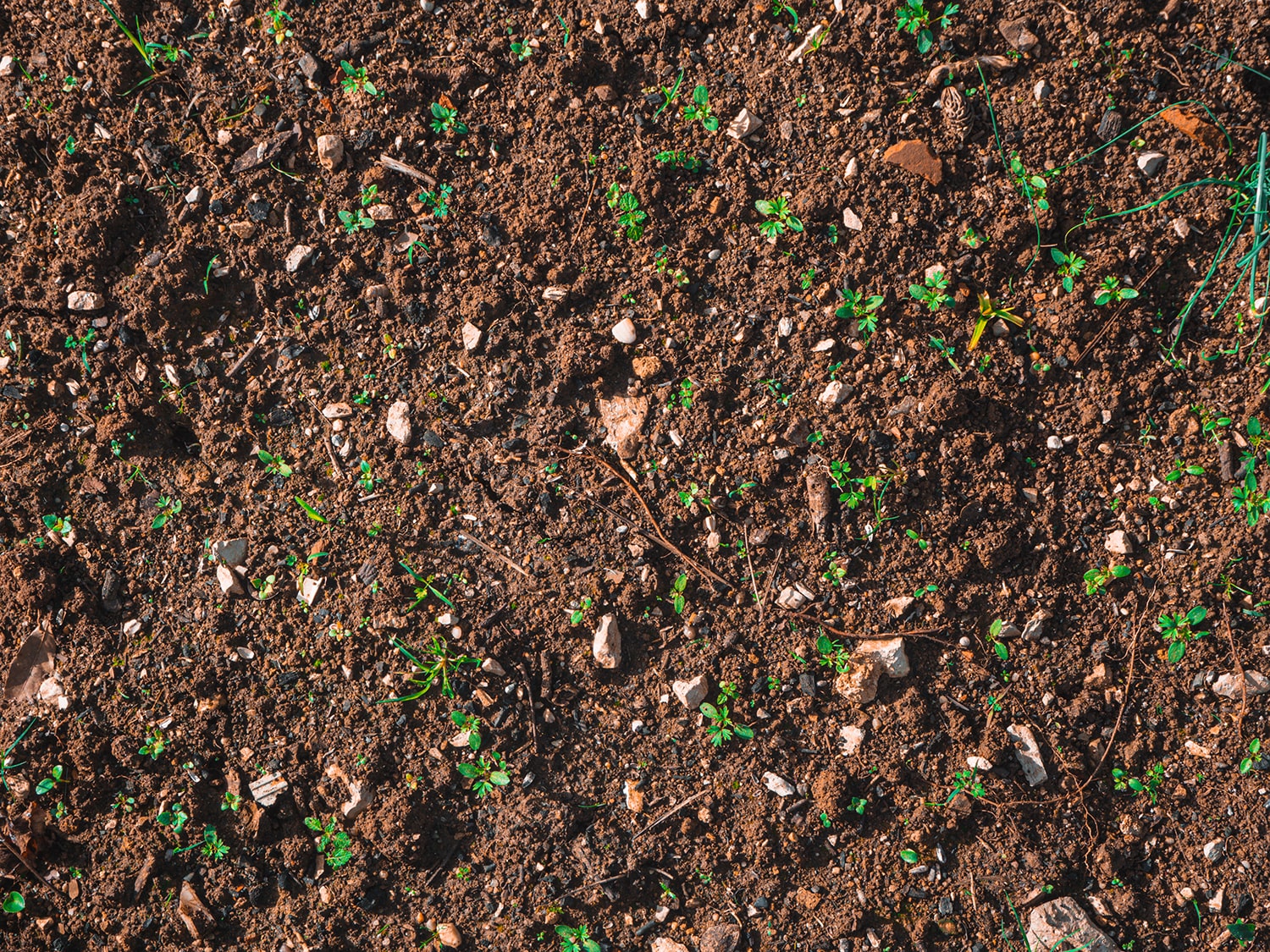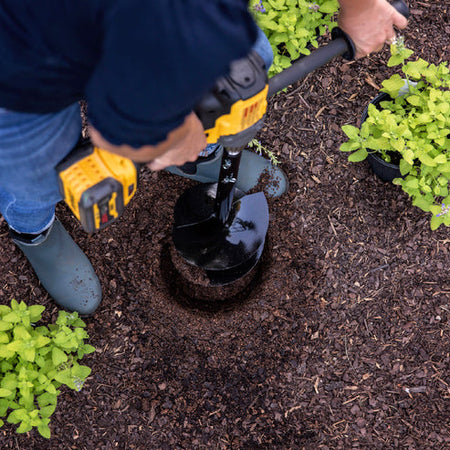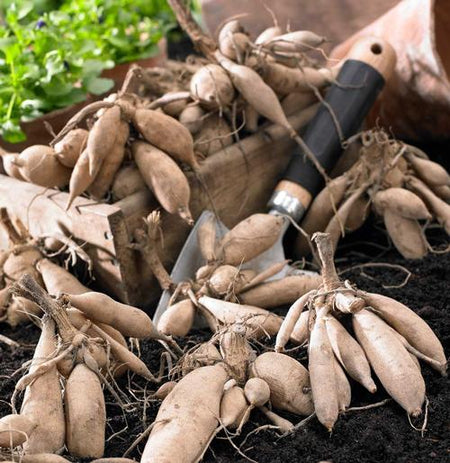Not every gardener realizes, but there are lots of different types of potting soil out there. Knowing how to distinguish between them and what to look for in a good potting soil can make the difference between spindly plants that don’t perform as well and potted plants that are lush, vibrant and always in bloom.
However, understanding which type of potting mix to use can be overwhelming for beginners — and that’s why we’ve created this soil guide. Read below to find out everything you need to know about potting soil.

What Is in Potting Mix?
There are myriad ingredients that can go into potting soil — and these will vary between types of soil, too. For instance, orchid potting mix may contain bits of bark and charcoal, while potting mix for succulents and cacti might have sand in it. In general, most potting mix will contain a few basic ingredients:
- Organic material: This is a broad range of ingredients that includes everything from compost, composted bark and manure to more exotic ingredients such as peat moss, sphagnum moss, pine bark, rice hulls or even bat guano. Often, the organic material within potting mix serves as the base, with the rest of the ingredients existing to cater to various plant needs.
- Inorganic materials: These include sand, pumice, cinders, perlite and vermiculite. Inorganic materials serve one of two purposes in potting mix: They help to adjust the mix’s moisture retention properties, or they are added to help aerate the soil. Sand, for instance, improves drainage, which is why it is often included in mixes for cacti that won’t tolerate wet soils. Vermiculite and perlite boost aeration so that more air reaches roots, and they help improve drainage.
- Fertilizers: This is another broad range of ingredients, and can include anything from synthetic all-purpose fertilizers to bone meal or kelp meal. The goal is to add the right nutrients for whatever you’ll be growing.
Beyond these basic ingredients, there may be other additives in place such as beneficial microbes to keep soil and roots healthy, or lime to help improve the soil’s pH balance. In general, however, the ingredients listed above are found in most all potting mixes, just in different forms to account for the needs of varying plants.
Common Types of Potting Mix
Because there are so many types of potting mix out there, we will explore the most commonly available varieties. No matter what you’re growing, choose from this list for the best type of potting soil for your plants:
- All-purpose potting soil: This is the go-to type of potting mix that will work for most applications — indoor and outdoor. It’s generally comprised of compost and bark, plus perlite or vermiculite, and there may or may not be added fertilizers present. This type of soil is suitable for most potted indoor or outdoor plants as well as ornamentals, herbs and edibles.
- Indoor potting soil: While you can use all-purpose soil for most houseplants, indoor potting mix is purpose-made for houseplants. It usually doesn’t contain compost or bark, which is important because these ingredients often harbor fungus gnats, which are a common problem among indoor plants.
- Garden soil: Garden soil is typically made with regular soil, though it may contain compost and fertilizer to enrich it. This is typically a heavy soil, not suitable for potted plants. Use it to enrich garden beds or to fill raised beds. Outdoors, you can grow ornamentals and edibles in garden soil.
- Seed starting soil: This is the soil you’ll want to use to start most types of seeds. It is light and fluffy, usually soilless. It’s designed to have good drainage and aeration so that it helps improve germination and healthy root development in young plants. Seed starting mix is usually also sterilized to prevent pests and diseases that would interfere with germination or healthy growth.
- Orchid mix: Of all the potting mixes available, orchid mix is the one that least looks like soil. That’s because the orchids we keep in our houses are native to tropical rainforests, where they grow on tree bark. Thus, they require a soilless growing medium that is made mainly of bark chips. Most orchid mix also includes charcoal and perlite to help improve drainage. This mix is sometimes also used for bromeliads.
- Cactus and succulent mix: Cacti and succulents are one of few types of plants that won’t tolerate all-purpose potting soil all that well. That’s because all-purpose soil retains too much water, whereas these desert-loving plants require good drainage. Compared to other types of soil, these mixes will have some soil, but they’ll also have higher concentrations of perlite, sand and other materials to provide drainage.
- African violet mix: African violets, which are a flowering tropical jungle native, can be a little tricky to grow if not given the proper soil. These plants need a bit more aeration and drainage than average. Most African violet mixes will have an abundance of peat moss and perlite or vermiculite to facilitate this.
There is no one best soil for all plants, but no matter what you’re growing, one of the above types of potting soil can keep your plants healthy. You can make the planting job easier with a Power Planter auger, too. Small augers are ideal for stirring potting mix or planting in pots — and you can use them in your garden and raised beds. Happy planting!







